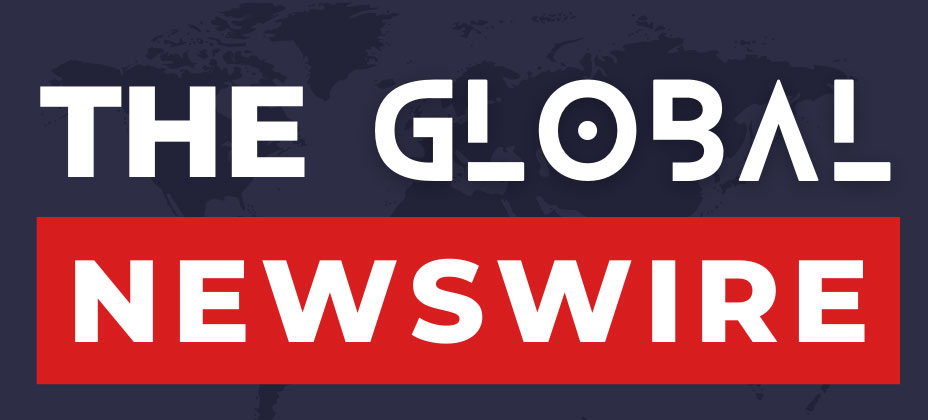Donald Trump’s latest tariff hikes threaten to inflict a bigger hit on China’s economy than it suffered during his first trade war.
The 54 per cent US tariffs on China’s goods announced since the start of Trump’s second presidential term may drag the country’s gross domestic product growth down by 2.4 percentage points in 2025, according to Citigroup Inc., an assessment it says was made before considering any offsetting measures.
Economists at BNP Paribas, Societe Generale SA, Oversea-Chinese Banking Corp and ING Bank forecast a hit of 1 to 2 per cent. Last month, Beijing announced an ambitious GDP growth target of around 5 per cent for this year. “The US tariff shock would be significantly higher and more pervasive than 2018-19,” Morgan Stanley economists led by Robin Xing said in a report. “Besides the direct tariff shock on China’s exports to the US, the indirect impact would also be notable, as the US’s pervasive tariff hikes on other trading partners would slow global trade.”
A severe slowdown will likely prompt Chinese policymakers to roll out more stimulus. That could come in the form of several trillion yuan in additional government spending or a liquidity boost to banks, some economists said.
Senior officials have repeatedly signaled they’re ready to act to offset external shocks. Beijing on Thursday also condemned the US levies and pledged to hit back with unspecified measures.
“It would be easy for China to roll out another one to two trillion yuan special sovereign bonds if necessary,” said Serena Zhou, senior China economist at Mizuho Securities Asia.
The government already planned to issue 1.3 trillion yuan ($179 billion) of ultra-long special sovereign bonds this year and use some of the proceeds to subsidize purchases of consumer goods.
The trade standoff may wallop the economy just as its performance was steading in the beginning of 2025, with little sign of damage from tariff increases so far.
